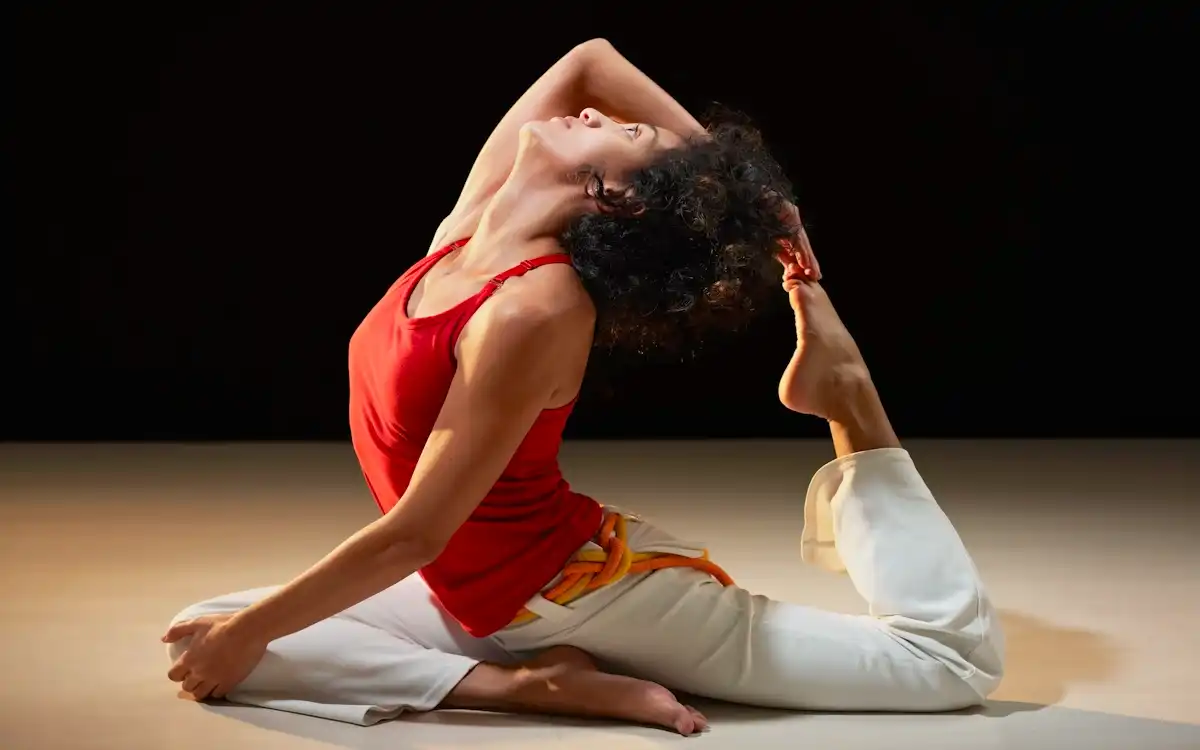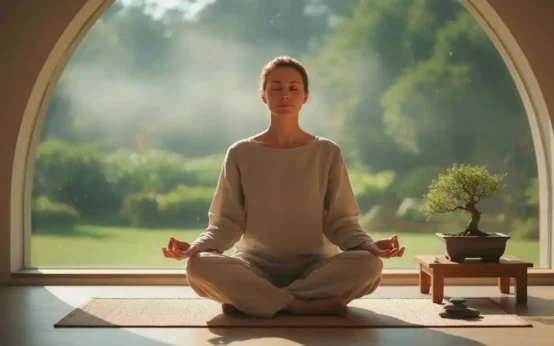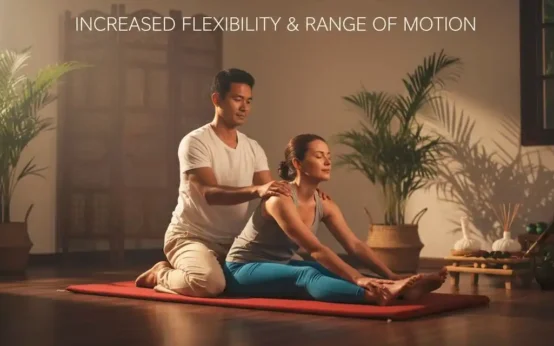Yoga isn’t just a workout; it’s a journey through life that helps you learn about yourself, be more mindful, and grow as a person. There’s always more you can learn about yoga, whether you’re a beginner looking at basic poses or an experienced yogi working on more difficult poses. In yoga, getting better isn’t about trying to be perfect; it’s about becoming more aware, connected, and strong inside.
Deepening Your Foundation
Many yoga masters say that mastery starts with the basics, even though it’s tempting to jump right into more difficult poses. When done correctly and with good breath control, basic asanas like Downward Dog, Warrior II, and Mountain Pose have a lot of power. Over time, it’s simple to lose focus on movements and go into autopilot. If you do these poses over and over again while keeping a beginner’s mind and focusing on the alignment of each joint and the rhythm of your breath, you may notice details that you missed the first time.
Consistency is more important than occasional intensity in yoga. Long-term, practising for 20 minutes every day is better than practising for two hours once a week. Regular practice helps connect body and mind awareness, steadily increases flexibility, and builds discipline. A daily rhythm, even if it’s gentle, is good for your nervous system and helps you stay balanced.
Refining Technique And Alignment
Props aren’t just for start-ups. Blocks, straps, bolsters, and blankets can help you explore more and stay in a safer position. Adding a block to Trikonasana (Triangle Pose), for example, can help people with tight hamstrings align their spine and open their chest. Props help you get from where you are now in terms of flexibility to where you should be. This lets your body get used to the form more slowly, which lowers the risk of strain or injury.
There are times when you should practice by yourself, but it’s also important to get help every so often. An experienced teacher can find small alignment problems and suggest changes that will work best for each student. Even experienced practitioners can benefit from speciality workshops or private sessions every once in a while. You can also get new ideas about your posture and flow by recording your practice and going over it with a teacher.
Expanding Beyond The Mat
Yoga moves and thinks about the present moment through the breath. Controlled breathing techniques used in pranayama improve energy flow, mental clarity, and emotional balance. Alternate nostril breathing, or Nadi Shodhana, helps keep the nervous system in balance. Kapalabhati, on the other hand, wakes you up and cleans out your body. Doing pranayama every day for just a few minutes can change the way you practice by helping you focus better and breathe deeper.
You don’t just do asanas to do yoga; you also do them to calm your mind. Meditation helps build presence and inner stillness and goes well with physical practice. Focusing on your breath for 10 minutes after asana is a short but regular form of meditation that can help lower stress and make you more aware of your body.
Off-the-mat integration is often what sets a seasoned yogi apart. The yamas (restraints) and niyamas (observances) are the moral rules of yoga. They help us become more kind, disciplined, clean, happy, and self-studious. When you live by these values every day, yoga stops being a routine and becomes a way of life.
Set Intentions, Not Just Goals
In yoga, goals are often physical ones, like being able to do a headstand or touch your toes. But your intentions show what you’re working on inside, practising kindness, becoming more patient, or increasing your gratitude. Setting a Sankalpa (a deep intention) before each session makes the practice more about being present than about doing well.
You should not compare yourself to others in yoga because it is not a race or a competition. Everybody sees progress in their way; your path is unique. Do not hold on to ego-driven standards. Pay attention to how “present” you are in a pose instead of how “deep” you go into it.
Stay Inspired And Engaged
Looking into different types of yoga, Hatha, Vinyasa, Kundalini, Yin, or Ashtanga yoga can help you see things in a new way and push your body in new ways. Each style has its benefits. Changing teachers every once in a while can also help you learn new cues, sequencing techniques, and philosophical ideas.
When you practice with other people, you become more motivated and responsible. Community (sangha) offers support, encouragement, and shared learning. It can be a studio near you, an online class, or a yoga retreat. Participating in group discussions or meditations helps people connect and think more deeply.
Writing in a journal about your practice is a great way to improve. Note how you felt physically and emotionally, which poses were hard for you, and what new ideas came to mind. Over time, this helps you see how you’ve changed and find patterns in your journey.
Nourish Your Body And Mind
Your energy and flexibility are affected by what you eat. A Plant-based diet complete of fresh fruits, vegetables, and whole grains can assist your body with asana and recovery. Staying hydrated helps keep muscles flexible and aids in detoxification, which is very important after hard workouts.
Yoga is based on the idea that action and rest should be balanced. To give the nervous system a chance to reset, do healing exercises like Yin or Yoga Nidra. Getting enough rest and sleep is important for rebuilding tissues, avoiding burnout, and keeping your energy up.
Conclusion
Getting better at yoga isn’t about getting into more difficult poses. It’s about becoming more present, consistent, and connected to yourself. Your yoga journey will be richer and more meaningful if you focus on mindful movement, connect breath and ethics, ask for help, and take care of your health. In the end, the deepest progress in yoga isn’t seen on the mat; it’s felt in the heart.



 Importance of Hydration for Your Brain, Body, and Everyday Energy
Importance of Hydration for Your Brain, Body, and Everyday Energy  Healthiest Breakfast Cereal for Children
Healthiest Breakfast Cereal for Children  Anxiety Management Techniques
Anxiety Management Techniques  Benefits of Thai Yoga Massage
Benefits of Thai Yoga Massage  What Makes Fat in Our Body?
What Makes Fat in Our Body?  Best Diet to Reduce Risk of Diabetes
Best Diet to Reduce Risk of Diabetes